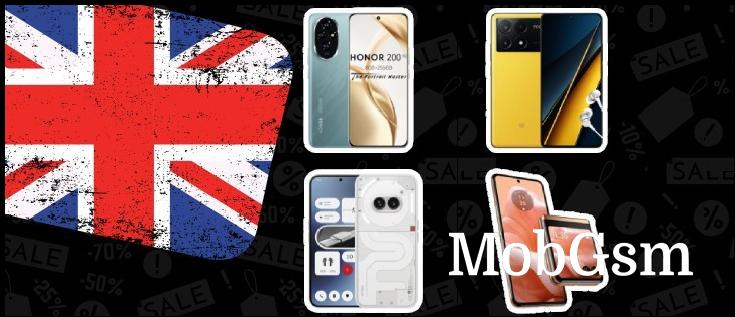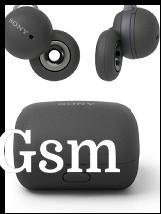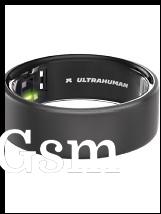Deals: Honor 200, Nothing Phone (2a), Poco X6 Pro, Moto Razr 40 Ultra

The Honor 200 has a distinctive design – some will love it, others will hate it. If you love it, this phone offers a capable camera system with a 50MP main (1/1.56”, OIS), 50MP 2.5x telephoto camera and a 12MP ultra wide (112°), plus a 50MP selfie camera that can record 4K video.
The phone pairs a Snapdragon 7 Gen 3 chipset with a 6.7” 1200p+ OLED display (10-bit, 120Hz, up to 4,000 nits brightness) and a 5,200mAh battery with 100W fast charging.
The Honor 200 has a solid 28% discount right now and even better, you can claim a free JBL Charge 5 WiFi speaker (which has an MSRP of £230). Why does a speaker need Wi-Fi? Because besides Bluetooth, this one natively supports AirPlay, Chromecast built-in, Spotify Connect and Alexa Multi-Room Music. The Charge 5 is quite powerful with a 30W woofer and 10W tweeter. Like other Charge 5 models, this one is IP67 dust and water resistant, so you can take it to the beach. And you can use its internal battery to recharge your phone.
The Nothing Phone (2a) Plus is launching in the UK this weekend. However, a 12/256GB model costs £400 and you can have the regular Nothing Phone (2a) for £80 less. There is also a cheaper 8/128GB variant. You will miss out on the new 50MP/4K selfie camera (the original has a 32MP/1080p camera) and the slightly faster chipset and charging system, but the Plus isn’t a huge upgrade by any means.
However, instead of spending £300 on an 8/128GB Nothing Phone (2a), you can have a 12/512GB Poco X6 Pro for the same amount of cash. The display is of higher quality (sharper and with 12-bit colors), plus the Dimensity 8300 Ultra is faster than even the (2a) Plus chipset. The IP54 rating is the same as on the Nothing and the 5,000mAh battery supports faster 67W charging (100% in 45 minutes vs. 60 minutes). Poco’s 64+8MP rear camera is no match for the 50+50MP of the Nothing phone, however.
There’s also the Samsung Galaxy A55, but it’s fairly pricey at the moment – we’ve seen it at just under £300. Still, with a long software support (4 OS updates, 5 years of patches) and the familiar One UI software, this is a safe pick for current Samsung users.
Foldables are still too pricey for mass adoption, but last year’s Razr 40 Ultra is down to £650. And in some ways it is better than the Razr 50, which is currently around £100 more, e.g. the Snapdragon 8+ Gen 1 tops the Dimensity 7300X easily.
Samsung pushed back the Galaxy Tab S unveiling this year (normally it happens alongside the new Z foldables) and we don’t know whether there will be any Tab S10 FE models, anyway – we haven’t seen any leaks on the matter.
The Samsung Galaxy Tab S9 FE has a 10.9” IPS LCD (1440p+) with 90Hz refresh rate. It has stereo speakers tuned by AKG and is rated IP68 for dust and water resistance. It is powered by the Exynos 1380 and an 8,000mAh battery with 45W charging. Note that it lacks DeX support of any kind.
Sony’s LinkBuds have a fully open design, so they don’t block ambient sound at all. This makes them perfect for when you absolutely have to remain aware of your surroundings. That’s a fairly niche use case, admittedly, but at half off you might try them out at the office or on your run.
Samsung made big waves with the Galaxy Ring (which we are in the process of reviewing), but it was far from the first smart ring. For example, we recently reviewed the Ultrahuman Ring Air. Unlike the Oura Ring, this one doesn’t require a monthly subscription. The companion app is pretty great. On the downside, the activity tracking wasn’t as good as on a smartwatch.
We may get a commission from qualifying sales.



















